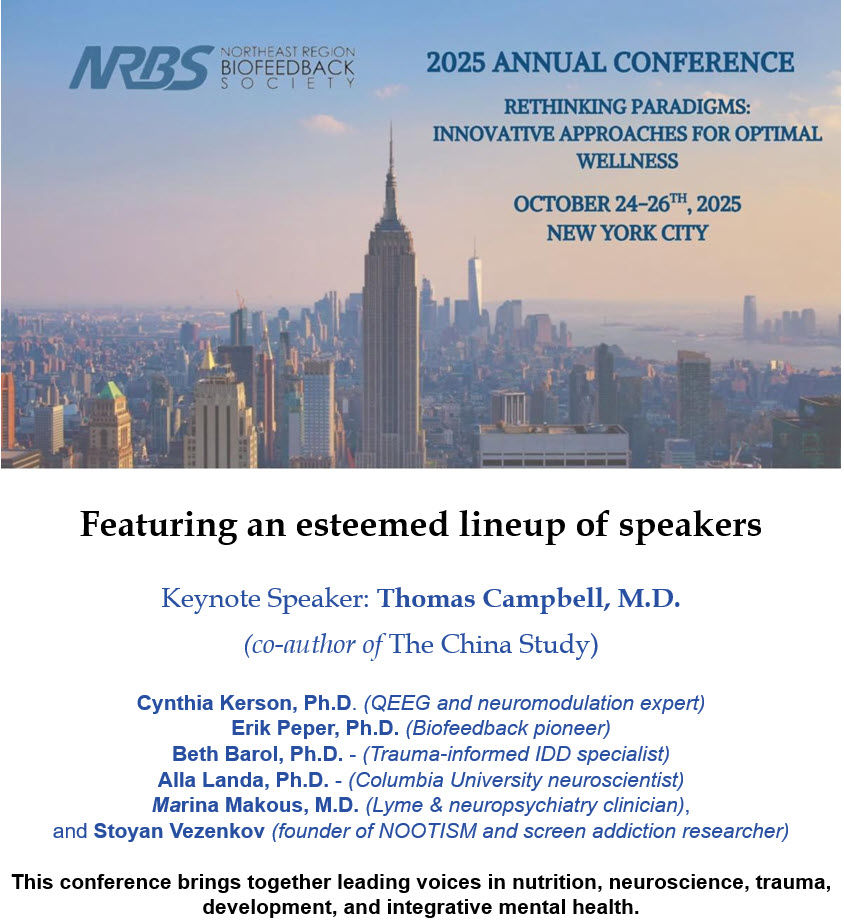5-Second Science: How Your Brain Wakes Up From Sleep
- Fred Shaffer
- Jul 22
- 5 min read
Updated: Aug 1

Sleep Takeaway
Waking up is something most of us do every day without much thought, but the transition from sleep to wakefulness is far from simple.
A new study by Stephan and colleagues (2025) published in Current Biology reveals that this shift unfolds in a surprisingly organized way across the brain.
Using high-density electroencephalography (EEG), researchers recorded over 1,000 awakenings and discovered that the brain follows a consistent pattern when transitioning from sleep, with specific rhythms and regions activating in a predictable sequence. These changes vary depending on the sleep stage and even predict how alert or sleepy a person feels upon waking.
What is the science?
The study focused on mapping the spatio-temporal dynamics of cortical activity during the moment of awakening. By capturing second-to-second changes in brain signals using high-density EEG, the team aimed to understand how different types of brainwaves (from low-frequency delta to high-frequency beta) shift as the brain returns to wakefulness. Prior work hinted that arousal might begin in deep structures like the thalamus and then move outward to the cortex, but the fine-grained timing and spread of this activity had never been documented in such detail.
What did they study?
Researchers monitored the brain activity of 20 healthy participants during natural sleep and in experiments where awakenings were triggered by sound. They recorded 1,073 total awakenings, analyzing both spontaneous and alarm-induced transitions. The team looked at changes in power across different EEG frequency bands, mapping when and where these changes occurred in the brain. They also collected participants’ subjective ratings of sleepiness immediately after waking, enabling a link between brain signals and conscious alertness.
How did they do it?
The core method was source-modeled high-density EEG, involving 256 electrodes placed across the scalp. Data were analyzed using Fast Fourier Transform to break down EEG into distinct frequency bands: delta (1–4 Hz), theta, alpha, sigma, and beta (18–29.5 Hz). By aligning these signals to the precise moment of movement after waking, researchers could detect patterns in how activity spread across the cortex. They also used linear mixed models to connect these neural changes with how sleepy participants reported feeling, and they distinguished between type I and type II slow waves, which have opposite effects on alertness.
What did they find?
Awakening from non-REM (NREM) sleep showed a consistent sequence: an early rise in low-frequency activity, especially in posterior-medial regions, followed a few seconds later by a boost in high-frequency power that traveled from frontal to occipital areas. In REM sleep, awakenings mostly skipped the slow wave phase and jumped straight into high-frequency increases. These patterns were robust across both full awakenings and arousals (brief shifts in EEG without full wakefulness).
Notably, participants who had stronger type I slow waves (like K-complexes) right before waking tended to feel more alert, while lingering type II slow waves were linked to greater sleepiness. The study also showed that the intensity and timing of activation in subcortical arousal systems, such as the locus coeruleus, shape whether the brain produces a smooth or sluggish transition to wakefulness.
What is the impact?
This research provides the most detailed picture to date of how the brain wakes up. It challenges the assumption that awakening is a single, unified event and shows instead that it unfolds in stages across time and space.
Understanding this process may help scientists identify biomarkers for sleep disorders like insomnia or parasomnias, and even improve methods for managing sleep inertia or tailoring alarm systems.
The study also highlights the dual nature of brain rhythms during sleep, with different types of slow waves playing distinct roles in whether you wake up groggy or refreshed.
For college seniors and aspiring neuroscientists, these findings underscore the importance of precision in neural measurement and the deep complexity behind seemingly simple behaviors.
Key Takeaways
The brain awakens in a consistent sequence, with slow wave activity followed by fast wave activity moving from the front to the back of the cortex.
High-density EEG reveals distinct cortical "hotspots" where awakening-related brain activity starts and spreads.
Awakenings from non-REM sleep are often preceded by type I slow waves, which are linked to feeling more alert.
REM sleep awakenings usually lack a slow wave phase and directly trigger fast activity, often resulting in greater sleepiness.
The brain's arousal systems, including the locus coeruleus, help determine whether an awakening is full or partial, and how alert a person feels afterward.

Glossary
alpha: an EEG frequency band (8–11.5 Hz) typically associated with relaxed wakefulness.
arousal: a brief shift in brain activity during sleep, not always resulting in full awakening.
beta: high-frequency EEG activity (18–29.5 Hz) linked to active thinking and wakefulness.
delta: a slow EEG frequency band (1–4 Hz) dominant during deep sleep.
EEG (electroencephalography): a method of recording electrical activity from the scalp to monitor brain states.
Fast Fourier Transform (FFT): a mathematical method to decompose complex signals like EEG into frequency components.
high-density EEG: EEG using many electrodes (in this study, 256) for detailed spatial resolution.
K-complex: a type I slow wave seen in NREM sleep, often triggered by stimuli and associated with arousal.
locus coeruleus (LC): a brainstem nucleus involved in arousal and attention, releasing norepinephrine.
NREM sleep: non-rapid eye movement sleep, divided into stages N1–N3, associated with slow wave activity.
REM sleep: rapid eye movement sleep, characterized by dreaming and fast EEG activity.
sigma: EEG frequency band (12–16 Hz) associated with sleep spindles in NREM sleep.
slow wave: a large, slow oscillation in EEG, categorized as type I (arousal-linked) or type II (sleep-maintaining).
spatio-temporal gradient: a pattern of changes that vary both across different brain areas and over time.
subjective sleepiness: a self-reported measure of how alert or drowsy a person feels.
theta: an EEG frequency band (5–7 Hz), common in lighter stages of sleep.
Reference
Stephan, A. M., Cataldi, J., Virk, A. S., & Siclari, F. (2025). Cortical activity upon awakening from sleep reveals consistent spatio-temporal gradients across sleep stages in human EEG. Current Biology, 35(13), 1–13. https://doi.org/10.1016/j.cub.2025.06.064
About the Author

Fred Shaffer earned his PhD in Psychology from Oklahoma State University. He earned BCIA certifications in Biofeedback and HRV Biofeedback. Fred is an Allen Fellow and Professor of Psychology at Truman State University, where has has taught for 50 years. He is a Biological Psychologist who consults and lectures in heart rate variability biofeedback, Physiological Psychology, and Psychopharmacology. Fred helped to edit Evidence-Based Practice in Biofeedback and Neurofeedback (3rd and 4th eds.) and helped to maintain BCIA's certification programs.

We have trained Mentor GPT on our tutorials and deeply researched posts to help you learn. This ChatGPT resource is free to our customers. You can access it when you log into ClassMarker.
Support Our Friends









Concise and informative. The perfect short read!